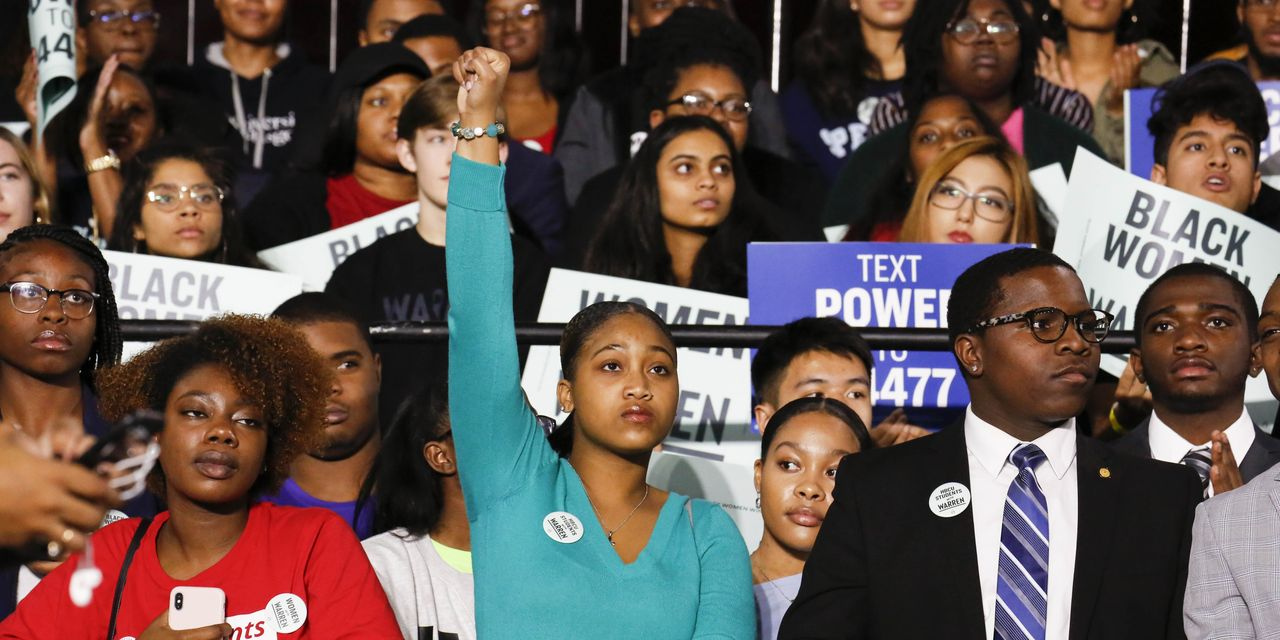The Talk We Have And The One We Need
The Talk We Have And The One We Need
Addressing Black-on-Black Crime: A Path to Prevention
Opinion Piece by Teryl James | Published on August 30, 2023
Black-on-Black crime is a deeply concerning issue that deserves our urgent attention. While it's crucial not to sensationalize or perpetuate harmful stereotypes, it's equally important to acknowledge and address the complexities of this issue within the broader context of systemic inequality and social injustice.
Understanding the Context
It's essential to recognize that the term "Black-on-Black crime" can be misleading. Crime tends to occur within close proximity to where individuals live, so in racially segregated communities, crimes committed by and against members of the same racial group are statistically more likely. The focus should not be solely on the race of the perpetrators and victims, but on the underlying socio-economic factors that contribute to crime in disadvantaged neighborhoods.
Breaking the Cycle
Preventing Black-on-Black crime requires addressing the root causes that perpetuate violence in these communities. Key factors include poverty, lack of access to quality education and healthcare, limited job opportunities, and inadequate community resources. By investing in these areas, we can break the cycle of crime and violence.
Education and Mentorship
Quality education plays a pivotal role in empowering individuals and reducing crime. Providing accessible and excellent educational opportunities in underserved communities equips young people with skills, knowledge, and opportunities that deter them from engaging in criminal activities. Mentorship programs can also create positive role models and pathways for personal growth.
Community Policing and Trust
Building trust between law enforcement and communities is crucial. Community policing initiatives can promote cooperation and collaboration, allowing officers to work closely with residents to prevent crime. This approach contrasts with aggressive tactics that often undermine trust and lead to further tensions.
Access to Resources
Creating equal access to economic opportunities, affordable housing, and healthcare is vital. When individuals have access to stable jobs and healthcare, they are less likely to resort to criminal activities out of desperation. Community centers, recreational facilities, and mental health services are equally important in providing positive outlets for young people.
Fighting Systemic Injustice
Lastly, addressing Black-on-Black crime requires a commitment to dismantling systemic racism and inequality. Policies that perpetuate these disparities must be reformed, and community leaders, activists, and policymakers should work together to create a more just society for everyone.
Conclusion
Addressing Black-on-Black crime is a complex endeavor that requires a multi-faceted approach. By understanding the socio-economic factors that contribute to crime, investing in education and mentorship, fostering trust between communities and law enforcement, ensuring access to resources, and tackling systemic injustice, we can make progress toward preventing crime and fostering safer, thriving communities for all.
Teryl James is a Novelist and satirist passionate about social justice and community empowerment.
For more discussions on social issues and potential solutions, stay engaged with our opinion section.







.png)
.png)
Comments